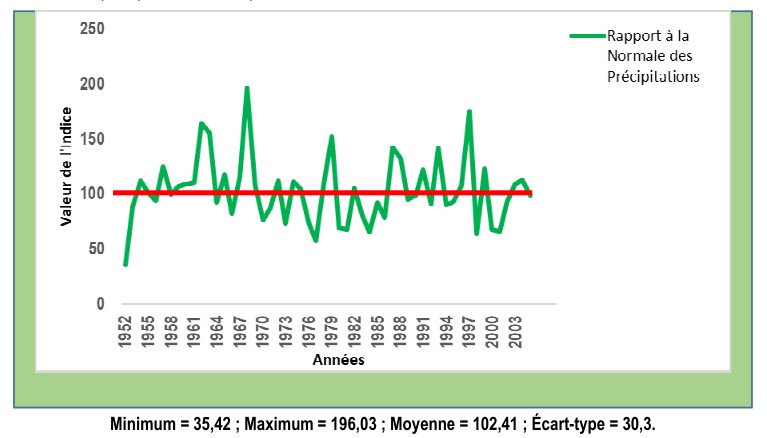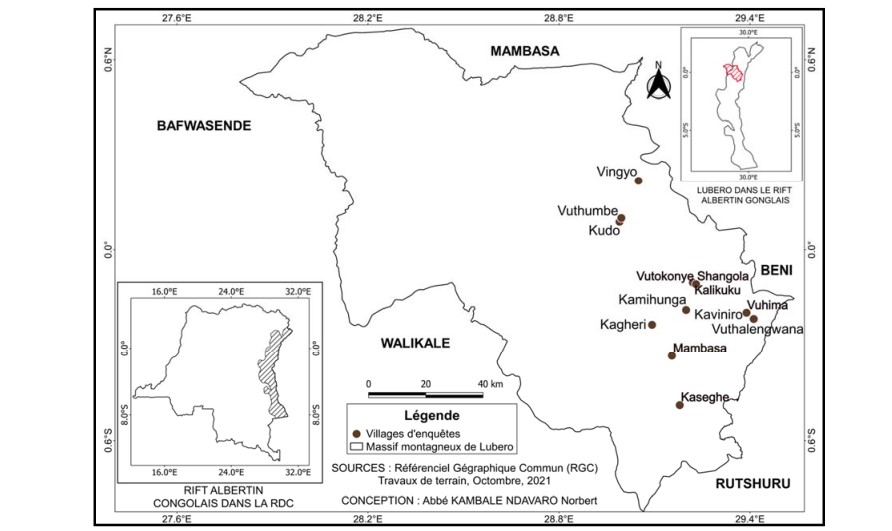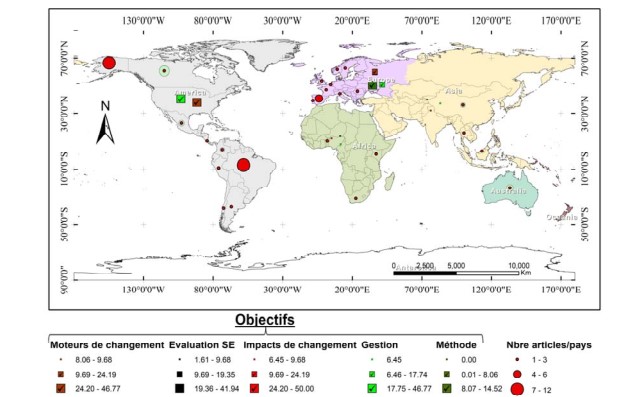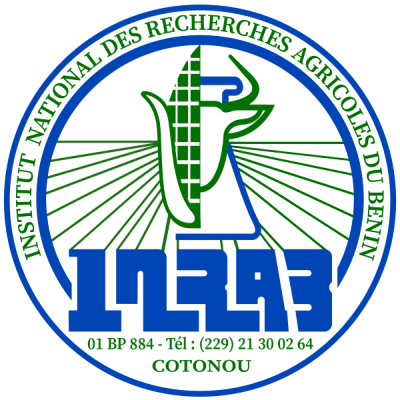Diversity, composition of small mammals in the Kamalaya region in the Republic of Guinée

Logging and mining are widespread in most countries located in West Africa and, given their socio-economic importance, little is investigated on their ecological and biodiversity impacts. The objective of the study was to assess the diversity of rodent mammal communities in the locality of Kamalaya, sub-prefecture of Moussaya, in light of the mining railway works. Trapping of small mammals was carried out using the Shermann trap in four distinct ecological zones. The study made it possible to inventory 106 small mammals, including 99 Muridae grouped into seven genera and one Soricidae divided into one species. In total, eight species of small micromammals were sampled in total. In Muridae, Mastomys erythroleucus was the most represented individual with 35.84% of individuals while Croccidura presented 6.60% and came in fifth position after Rattus rattus (25.47%), Praomys tullbergi (12.26%) and Mus musculus (10.37%) which were finally followed by Lemniscomys striatus (3.7%), Lophyromys sikapugi (3.7%) and Nanomys sp (1.8%). It allowed delimiting with more precision the spectrum of the diversity of the species of small micromammals in Kamalaya, where the majority of the species of the low altitude biotope were observed.
Les articles publiés par le Bulletin de la Recherche Agronomique du Bénin sont en libre accès. Ils sont gratuits pour tout le monde, immédiatement téléchargeables dès la publication et distribués sous la licence CC BY-NC-ND (https://creativecommons.org/licenses/by-nc-nd/4.0/).











